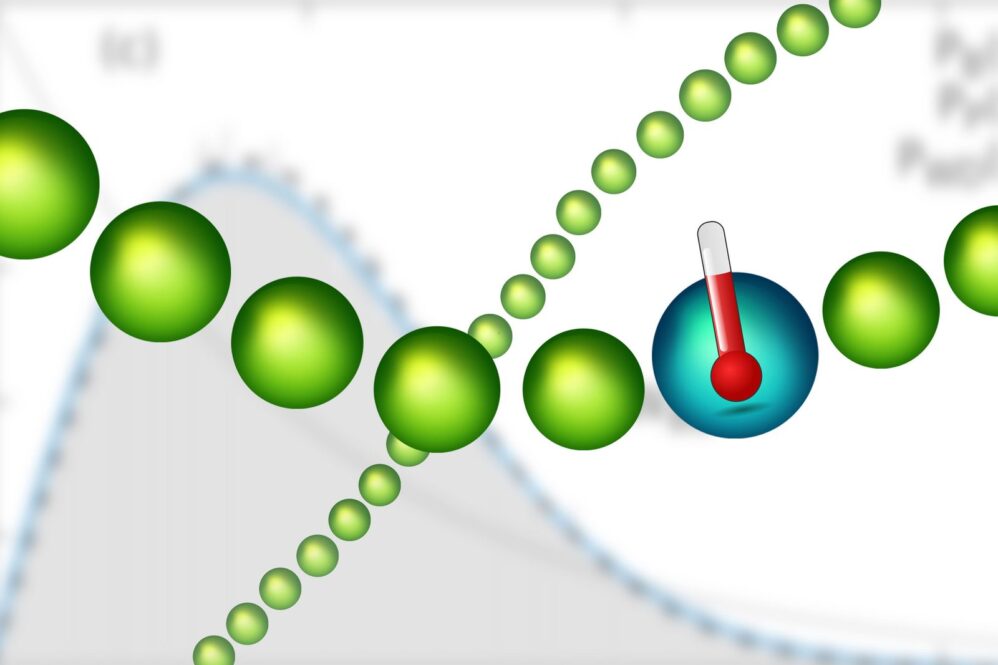A single particle has no temperature. It has a certain energy or a certain speed — but it is not possible to translate that into a temperature. Only when dealing with random velocity distributions of many particles, a well-defined temperature emerges.
How can the laws of thermodynamics arise from the laws of quantum physics? This is a topic that has attracted growing attention in recent years. At TU Wien (Austria), this question has now been pursued with computer simulations, which showed that chaos plays a crucial role: Only where chaos prevails do the well-known rules of thermodynamics follow from quantum physics.
Boltzmann: Everything is possible, but it may be improbable
The air molecules randomly flying around in a room can assume an unimaginable number of different states: Different locations and different speeds are allowed for each individual particle. But not all of these states are equally likely. “Physically, it would be possible for all the energy in this space to be transferred to one single particle, which would then move at extremely high speeds while all the other particles stand still,” says Prof. Iva Březinová from the Institute of Theoretical Physics at TU Wien. “But this is so unlikely that it will practically never be observed.”
The probabilities of different allowed states can be calculated — according to a formula that the Austrian physicist Ludwig Boltzmann set up according to the rules of classical physics. And from this probability distribution, the temperature can then also be read off: it is only determined for a large number of particles.
The whole world as a single quantum state
However, this causes problems when dealing with quantum physics. When a large number of quantum particles are in play at the same time, the equations of quantum theory become so complicated that even the best supercomputers in the world have no chance of solving them.
In quantum physics, the individual particles cannot be considered independently of each other, as is the case with classical billiard balls. Every billiard ball has its own individual trajectory and its own individual location at every point in time. Quantum particles, on the other hand, have no individuality — they can only be described together, in a single large quantum wave function.
Reference : Mahdi Kourehpaz, Stefan Donsa, Fabian Lackner, Joachim Burgdörfer, Iva Březinová. Canonical Density Matrices from Eigenstates of Mixed Systems. Entropy, 2022; 24 (12): 1740 DOI: 10.3390/e24121740



